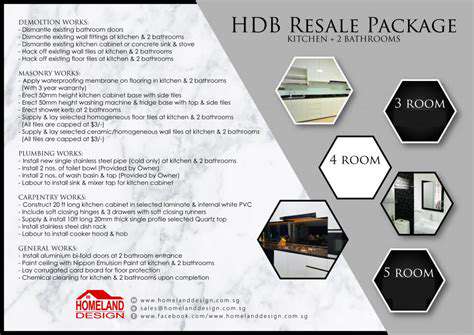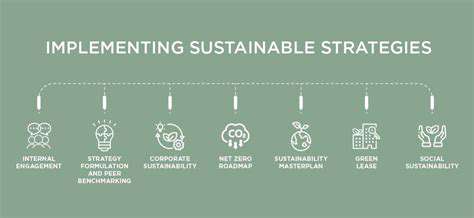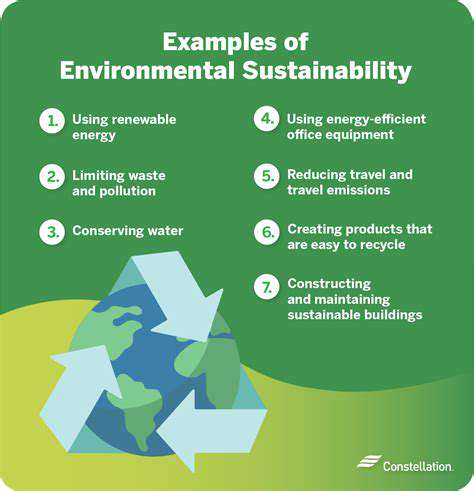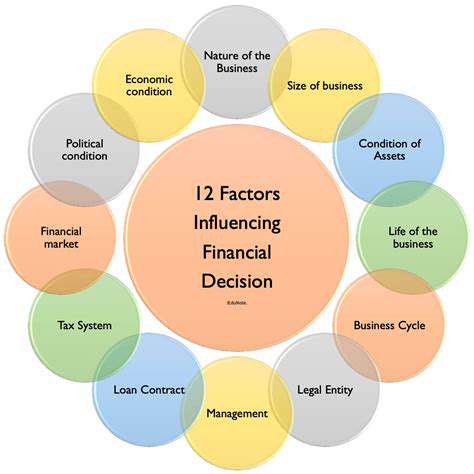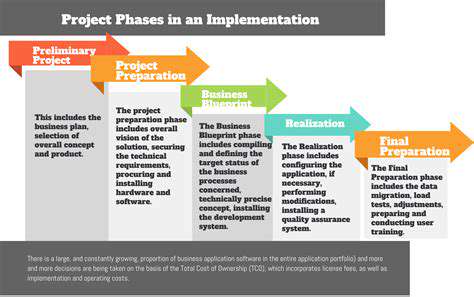Best Practices for Full Package Home Renovation
Defining Project Boundaries
Every successful renovation begins with crystal-clear boundaries. Whether you're transforming your entire home or just updating the kitchen, the devil truly is in the details. Start by creating an exhaustive list that goes beyond surface-level changes - include everything from structural modifications to finish selections. This meticulous approach prevents those frustrating mid-project surprises that can derail timelines and blow budgets.
Ask yourself probing questions: Are we rewiring the entire space or just adding new outlets? Will the cabinet refresh include hardware replacement or just repainting? These specifics matter tremendously when communicating with contractors and setting realistic expectations.
Estimating Resources and Costs
With boundaries established, shift focus to resource allocation. Never settle for a single contractor quote - collect at least three detailed estimates to understand market rates. Remember to account for both visible costs (materials, labor) and hidden expenses (permits, disposal fees). I recommend adding a 15-20% contingency buffer for those inevitable while we're at it moments that surface during demolition.
Pro tip: Create a spreadsheet comparing line items across bids. This reveals where contractors might be cutting corners or padding estimates, giving you negotiation leverage.
Creating a Timeline and Contingency Plan
Break your project into phases with buffer periods between them. For example, schedule a week between drywall completion and painting to account for inspection delays. The most overlooked aspect? Seasonal considerations. If your renovation spans winter months, factor in potential weather delays for material deliveries or exterior work.
Develop a decision tree for common setbacks: If tile delivery is delayed by two weeks, can we pivot to flooring installation in another area? Having these contingency workflows prepared keeps progress moving despite obstacles.
Selecting the Right Renovation Team: Expertise Matters

Vetting Potential Contractors
Contractor selection makes or breaks projects. Beyond checking licenses and insurance, request to visit active job sites. A messy worksite often predicts disorganized project management. Pay attention to how crews treat homeowner property - are they using protective coverings? How do they handle unexpected issues?
Ask for three recent references and specifically inquire about communication patterns. Did the contractor proactively update clients about delays? How were change orders handled? These insights reveal more than generic were you satisfied questions.
Specialty Trades Matter
That amazing tile design you pinned? It requires a skilled installer. Never assume general contractors excel at all trades. For critical elements like custom cabinetry or intricate tile work, consider hiring specialty subcontractors directly. Yes, it requires more coordination, but the quality difference often justifies the effort.
When interviewing tile setters, ask to see photos of their most complex installations. For electricians, inquire about experience with smart home systems if that's part of your plan.
The Design-Build Advantage
For major renovations, consider design-build firms that handle both conception and execution. This integrated approach eliminates the common architect-contractor disconnect. During interviews, ask how they've solved design challenges in past projects - their answers reveal problem-solving approaches.
Request examples where value engineering maintained design integrity while reducing costs. This demonstrates practical creativity you'll want when unexpected budget decisions arise.
Managing the Budget: Staying Within Your Means

The 50/30/20 Renovation Rule
Budget allocation requires strategy. Try this approach: Allocate 50% to must-haves (structural, mechanical), 30% to quality-of-life improvements, and 20% to contingency. This forced prioritization prevents emotional overspending when you fall in love with premium finishes.
Track every expenditure in real-time using cloud-based spreadsheets shared with all decision-makers. Color-code entries to instantly see which categories are approaching limits.
Phased Financing
For extensive projects, consider breaking work into phases with separate funding. This creates natural evaluation points to assess whether to proceed as planned or adjust scope. Maybe after completing the essential kitchen remodel, you realize the butler's pantry can wait.
If using loans, explore construction-specific products that disburse funds at completion milestones rather than providing lump sums. This aligns with contractor payment schedules while protecting your interests.
Value Engineering
When bids exceed budget, don't automatically reduce scope. First explore material alternatives - maybe porcelain slabs can mimic marble at half the cost. Sometimes strategic splurges create bigger impact than uniform premium selections. Perhaps invest in statement lighting while opting for standard-grade flooring.
Ask contractors for their cost-saving tricks: Could refacing cabinets instead of replacing save thousands? Would moving plumbing fixtures slightly avoid expensive rerouting?
Post-Renovation: Ensuring Long-Term Satisfaction
The 90-Day Punch List
Don't rush final sign-off. Live with the space for three months before completing your punch list. Seasonal changes reveal issues like flooring gaps that appear with winter dryness or ventilation needs during summer humidity.
Create a digital folder to document any concerns with photos and dates. This organized approach strengthens your case when addressing warranty items with contractors.
Maintenance Mapping
Develop customized maintenance calendars for all new elements. Quartz counters need different care than marble; tankless water heaters require annual servicing. Bundle service visits - schedule HVAC maintenance alongside water heater checkups to minimize disruptions.
Create a homeowner's manual with all appliance manuals, paint codes, and material sources. Include contractor contact information for future reference - you'll thank yourself during that inevitable plumbing emergency.
Evolution Planning
Even perfect renovations eventually need updates. Document your infrastructure decisions - where you ran extra conduit for future wiring or left access panels for plumbing. This forethought simplifies future modifications.
Consider creating a five-year upgrade fund, setting aside 1-2% of your renovation cost annually. This prepares for cyclical updates like refinishing hardwood or replacing roofing materials.
